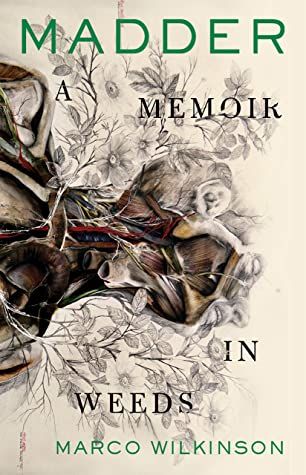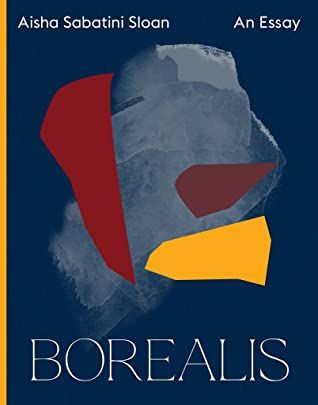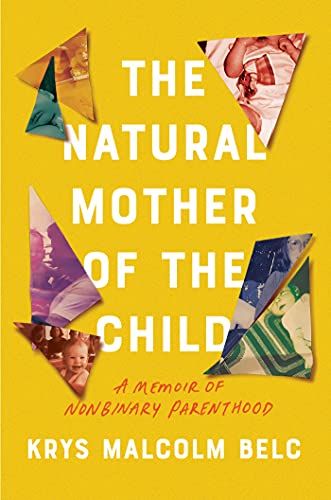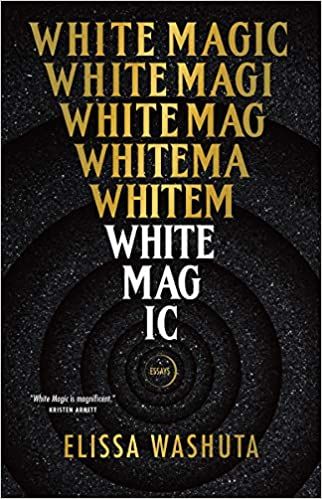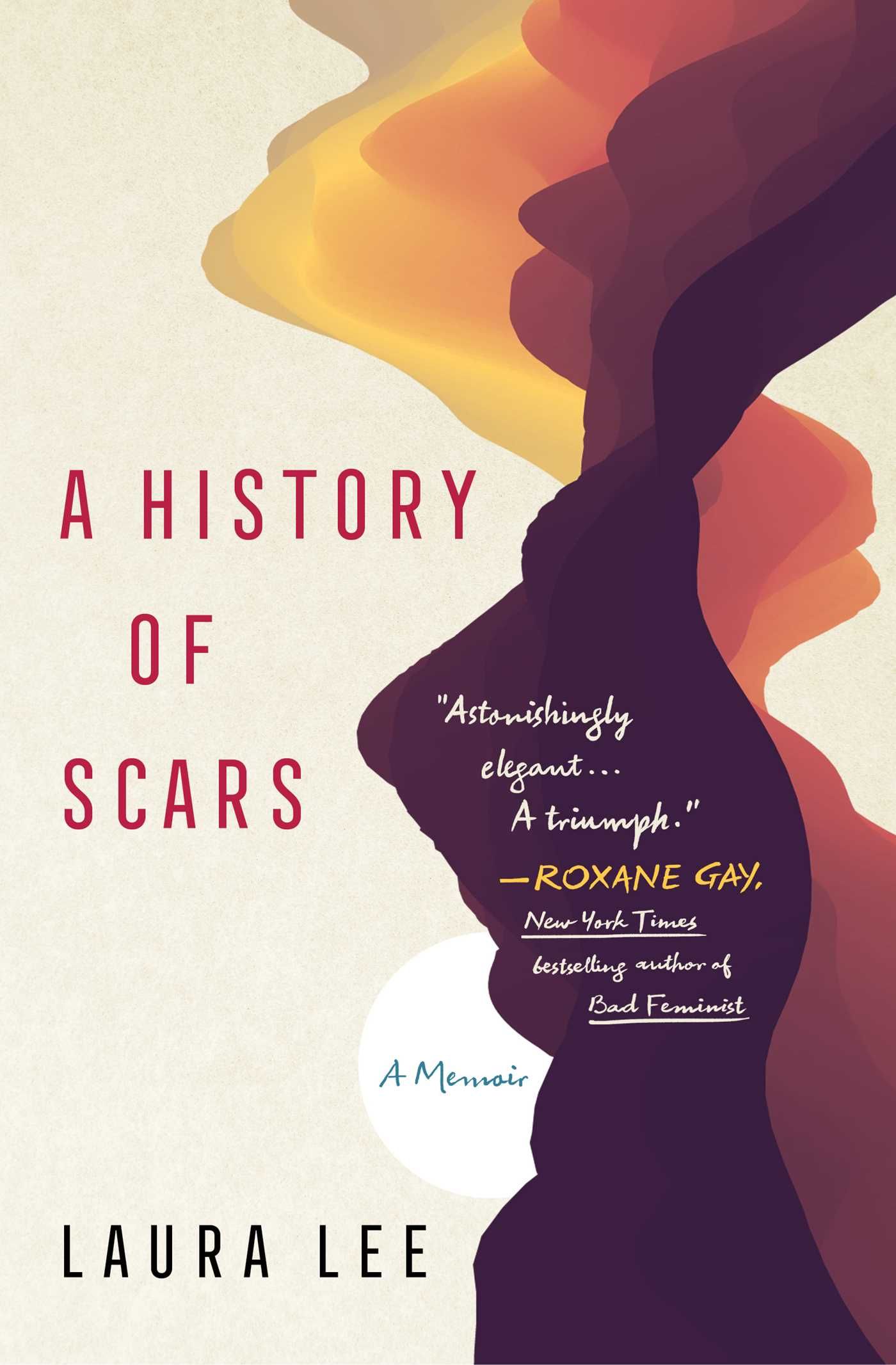But what makes a messay a messay? How is a messay different from a memoir-in-essays, or a book-length essay that explores both the personal and the political? Well, I’m not an expert. I’m just someone who likes structurally weird nonfiction and books that don’t fall into neat boxes. But I’ve come up with a working definition. Let’s get into it.
What is a Messay?
Let’s start with the word itself. Messay is obviously a combination of memoir and essay. But something beautiful happens when you smash these words together. A third word appears, right there in the beginning of messay: mess! This is the basis for my working definition, and it’s what sets the messay apart from other kinds of genre-defying nonfiction. A messay isn’t just a blend of memoir and essay. It’s a messy blend of memoir and essay. Messays can be messy structurally, thematically, emotionally. The important bit is that they’re not straightforward. They often meander. They go off on tangents and then circle back in surprising ways. They shakes things up. They’re complicated. I’m still working it all out. Part of what I love so much about messays is that they’re slippery. They’re not easy to pin down. But here are a few of the most important qualities and characteristics that I look for in a messay. As I keep reading nonfiction that blends elements of memoir with elements of essay into something entirely new, I’m sure I’ll discover lots more ways to define messays.
Heft and Movement
Essay collections sometimes have themes, but usually each individual essay can stand on its own. Messays have a bigger structure. They may be made up of individual essays, but those individual essays build toward something. There’s momentum. You want to keep turning pages, because whatever’s going on isn’t wrapped up neatly at the end of each essay. There’s a novelistic feeling to a lot of messays. Their component parts are beautiful on their own, and have beginnings, middles, and ends. But all of those parts are working in concert, in service to something bigger. A messay has an arc. It’s going somewhere.
Structurally Innovative
Messays are a way to write about something that is too messy to fit into one simple category. Think of a memoir that has implications beyond the story of one person’s life. Or a book that explores the intersection of several identities that sometimes feel like they’re in conflict with each other. A messay might utilize a combination of poetry and prose. Victoria Chang’s gorgeous book Dear Memory is a blend of letters, photographs, poem collages, and documents. All of these things together tell a story that poems or letters alone could not tell. Messays make use of nonlinear timelines, white space on the page, nontraditional formatting, author interjections. So much of what goes on in our lives is nearly impossible to map. Messays are books that tackle that mapmaking. Unconfined by the conventions of genre and structure, they can tell stories that are transformative and dynamic, that change as you read them, that reflect the sometimes overwhelming complexity of being a human on this planet.
Manifestos
A lot of messays have a manifesto component. They’re not just a memoir about something that happened to the author. They’re not just a collection of essays about politics, science, history, language, etc. Messays can be both of those things, but they also extrapolate outward. Authors of messays use their experiences to illustrate bigger patterns, to comment on and analyze the world outside their own lives. Some of the messays I love most are fiery, angry, bold. They’re not small stories; they’re stories that have big implications. They have an element of: but why? Why does this story matter, and what does that mean for the person reading it?
Memoirs Plus
A messay can be about anything! One of my favorite messays is a memoir about gardening, weeds, and family history (Madder, listed below). Another is about disability, activism, and growing up in rural Oregon (Exile & Pride by Eli Clare). A messay can lean political, scientific, historical. All messays have a personal element, but they weave that personal element with something else. I like to think of them as memoirs plus. Memoir plus a deep dive into the work of a particular photographer (Borealis, listed below). Memoir plus a practicum in surviving the publishing industry as a trans person of color (Dear Senthuran by Akwaeke Emezi). Memoir plus the history of blindness (There Plant Eyes by M. Leona Godin). Memoir plus poems (A History of My Brief Body by Billy-Ray Belcourt). You get the idea. Memoir plus infinity.
Five Brilliant Messays
Ready to dive into the wonder that is the messay? Here are five books to get you started. This sort list includes some of my very favorite essays, and though they’re all different, they each embody the essence of the messay. You’l find messy manifestos, structurally innovative essay collections, nonlinear memoirs, and a whole lot more. Looking for more nonfiction that doesn’t fit into neat categories? Check out the best-genre-bending nonfiction of 2021! You might also be interested in these genre-defying memoirs, and these queer nonfiction books that challenge mainstream narratives. And there are likely some messays hiding in this piece, full of examples of the lyric essay, and in this piece about book-length essays.
